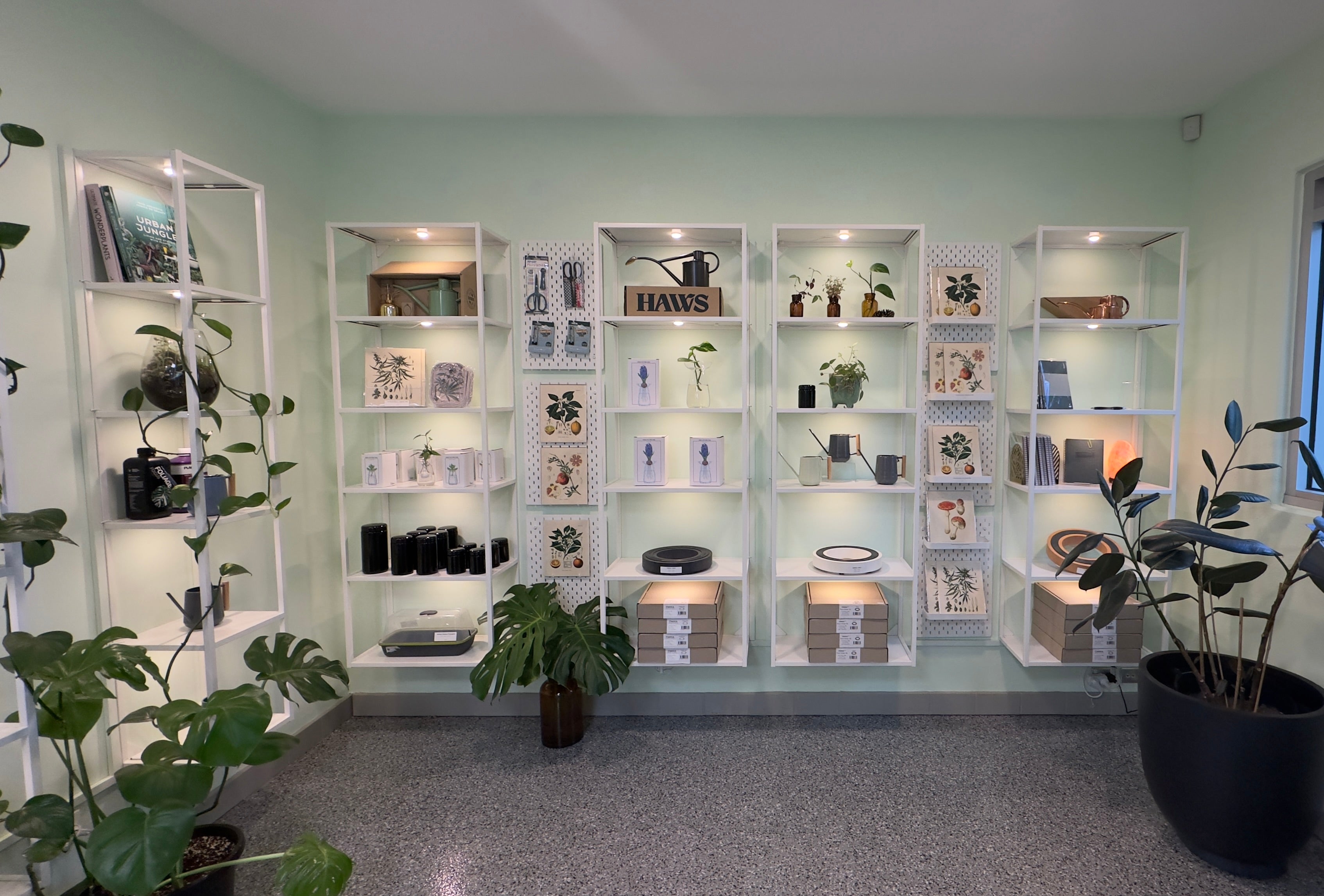Controlling your solution by creating good habits early, for strong, healthy plants and bountiful harvests, it’s not as difficult as it may seem, it’s just getting into the habit. So, it may take a few grows consecutively with mixed results, persevere and you will be quite amazed at what can be achieved.
Most nutrient feed charts talk about weekly feeding, this means in each week there are 7 days, every day, of every week, is a feeding day. Feeding days does not necessarily mean we flood them with a rich nutrient solution, but we must give them something, that could be anything from 1.5ml>150ml>1.5L the point is we must give them something relative to their needs and age.
Most feed charts incorporate cleansing solutions that effectively seek and destroy excess salt accumulation and convert back in a useable form for the plants, if this is a persistent problem for you, I recommend you drop your nutrient dose overall by approx. 30%, technically if plants are fed correctly there should be a minimal EC being withheld in the pot/root zone/tank.
However, if the entire nutrient solution is not changed every 7-10 days you risk toxic accumulation of salts and metals.
The strength (EC) of the nutrient solution may register correctly but if you have just been topping up the existing mix without change, there is no way for you to know what nutrients the EC measurement is comprised of, as EC meters only read the ‘entire value’ of food present, not individual elements. (Elemental tests do exist, but can be quite costly for digital devices and the manual methods can be grossly inaccurate)
For those gardeners growing in pots using coco coir or soil, the best way to maintain an ideal EC without the possibility of build-up is to force run off with each new feed. This practice will ensure any heavy salt and metal accumulation will be removed/washed away.
Another way to prevent nutrient toxicity is to flush your pots/systems every 3rd feed with just plain pH corrected water.
A factor most gardeners do not consider is the depletion of dissolved oxygen, the roots of every plant need oxygen to thrive! No oxygen = nutrient restriction. The plants roots also utilize dissolved oxygen in order to fight anaerobic bacteria like phytophthora and root rot.
Never let a nutrient solution sit still or stagnant, implementing air-pumps, airstones and water pumps to keep the water moving will ensure constant oxygen availability.
Check your nutrient solution every day if you have a tank, not all final solutions are equal:
- Avoid Dilution
- Avoid Overfeeding
- Use a Quality Nutrient
- Change Reservoir Every 7-10 Days
Monitor your plant, observation is key - Remember that the feeding schedule provided is a ‘Guide’ so slight alterations are generally made, thus allowing you to tailor nutrient levels for specific crops.




